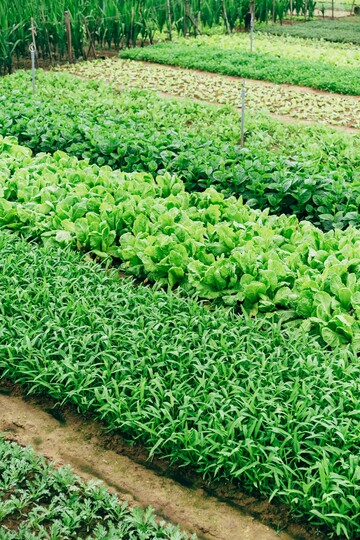What is conservation?

Conservation is the practice of protecting and managing natural resources so that they can be used for future generations.

Conservation is the practice of protecting and managing natural resources so that they can be used for future generations.
Conservation is the protection of things found in nature. It means using natural resources wisely so that they will last for a long time.
There are many different things that can be conserved, including water, soil, minerals, wildlife, and forests.
Conservation is important because natural resources are limited. If we don't use them wisely, they could run out.
This would be a problem for everyone, because we need natural resources to survive. For example, we need water to drink, soil to grow food, and minerals to make things.
How can I help conserve?
There are many things that you can do to help conserve natural resources. Here are a few ideas:
- Turn off the lights when you leave a room.
- Take shorter showers.
- Recycle your trash.
- Plant a tree.
- Don't litter.
- Support businesses that are committed to conservation.
In conclusion, conservation is important for the future of our planet. By making small changes in our everyday lives, we can help to protect natural resources and ensure that they will be available for future generations.
What are some of the challenges of environmental conservation?
Environmental conservation can have some challenges. One challenge is pollution, which happens when harmful substances get into our air, water, or soil. For example, if people throw trash in the ocean, it can hurt the fish and other animals that live there. Another challenge is deforestation, which is when forests are cut down. This can harm animals and affect the air we breathe because trees give us oxygen.
What are some of the ways that I can learn more about environmental conservation?
There are many ways to learn more about environmental conservation. You can read books or watch videos about animals and nature. You can also visit nature centers or zoos, where you can see different kinds of animals and learn how to protect them. Sometimes, schools may also have special programs or field trips to teach about the environment.
What are some of the ways that I can share what I know about environmental conservation with others?
Sharing what you know about environmental conservation is important because it helps others understand why it's important to protect our planet. You can talk to your friends, family, or classmates about what you've learned. You can also create posters or drawings to show how we can take care of the Earth. If you have a school project, you can choose a topic related to the environment and share your findings with the class.
What is recycling?
Recycling is a way to help the environment by reusing materials instead of throwing them away. When we recycle, we collect things like plastic bottles, paper, and cans, and send them to special places where they can be made into new things. For example, a plastic bottle can be recycled and used to make a new plastic bag. Recycling helps to reduce the amount of waste that goes into landfills and saves energy and resources.
What are some types of habitats and ecosystems?
Habitats are places where different types of plants and animals live. They can be found all over the world! Let's learn about three types of habitats and the ecosystems they contain.
What are the different types of ecosystems?
The rainforest is a type of habitat with tall trees and lots of rain. It is found in places like the Amazon in South America. In the rainforest, you can find animals like monkeys, parrots, and jaguars. The Amazon rainforest is home to many unique plants and animals, like the brightly colored poison dart frog.
The desert is another type of habitat. It is a very dry place with sandy or rocky ground. Deserts can be found in places like Africa or the southwestern United States. In the desert, you can find animals like camels, scorpions, and snakes. Some plants in the desert, like the cactus, store water inside their stems to survive the hot and dry conditions.
The ocean is a habitat that covers most of our planet. It is a big, big place full of water! In the ocean, you can find animals like fish, dolphins, and sharks. Coral reefs are also part of the ocean habitat. They are like colorful underwater cities, with tiny animals called coral polyps building big, beautiful structures.
These are just a few examples of habitats and the ecosystems they support. Each habitat is like a special home for different types of plants and animals. It's amazing how many different habitats there are, each with its own unique plants and animals to discover!

Conservation is the practice of protecting and managing natural resources so that they can be used for future generations.